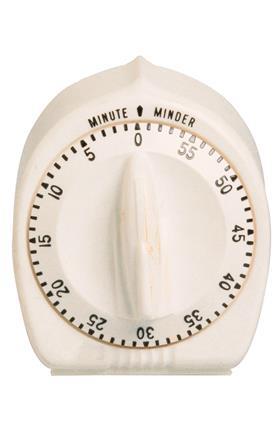This is an all-time favourite among the students I've taught over the years as it energizes students and enables students to practise listening and speaking.

This can be done at any time during the lesson - in the beginning to get the lesson going, in the middle to change the focus or re-energize after a quiet activity, or at the end to fill up extra minutes and end the lesson on a high.
Procedure
- Tell students that you are going to give them a topic. Explain they are going to work in pairs and talk for one minute about their topic without stopping. They can say anything they want to as long as it is connected somehow to the topic. And they must keep talking - no stopping or long pauses.
- Give them a quick example of what they need to do. Use ‘pets’ as an example:
Use this example to demonstrate their talk should be a running commentary.
- Next, explain to the students that you don't want them to worry about mistakes. Tell them that this is practice for improving their fluency - so that they can learn to speak at a more natural rhythm.
- Divide the class into pairs with one student to be the listener and one student to be the speaker.
- Assign each pair a topic. The sillier and more abstract topics seem to work the best. Try suggesting chocolate, garlic, pillows, clouds, standing in queues, etc.
- Tell students when the minute is up. Ask the listener to summarize what the speaker said, before asking students to switch roles.
Alternatives
- Ask students to produce their own topics, and write their suggestions on the board for other students to use.
- Give out pre-selected topics on slips of paper.
- Allow two minutes instead of one minute and ask students to be careful about their vocabulary and grammar.







No comments yet